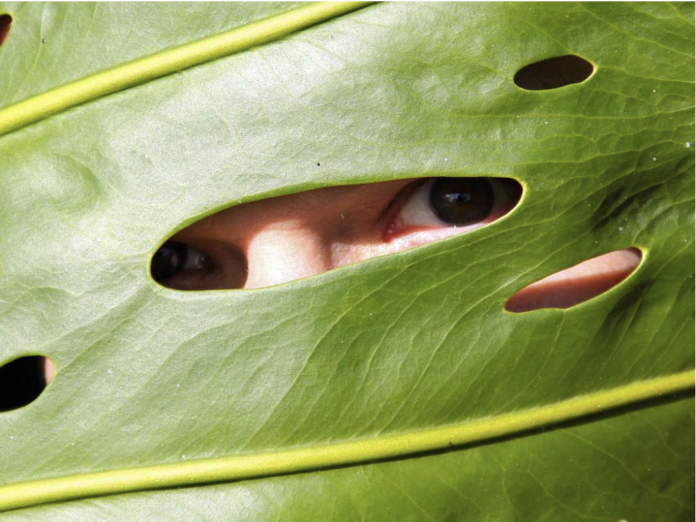By Simon Li, Armita Rohani, Ayeza Shaur, and Angelina Tang
What if plants had eyes and could see? Spooky as it is, it’s not as far-fetched as it may seem.
Research conducted in the early 20th century that has been ignored for decades may aid the discovery of plants having “eyes.” In 1907, the son of Charles Darwin, Francis Darwin, proposed the theory that plants have light sensitive organs that can essentially see. Called ocelli, experiments in the 20th century appeared to have confirmed its existence, but the theory fell out of fashion… until now.
An experiment conducted in Italy discovered that a single-celled organism called Synechocystis cyanobacteria, which is allegedly similar to the structure of ocelli, can focus light using its body like the retina of an eyeball. It is possible that plants have evolved a similar mechanism, and thus, by extension, can see using them.
Humans see light in the form of an electromagnetic spectrum, and plants also use this visible spectrum for photosynthesis. Plants can sense light similar to how we use our eyes to see, using protein pigments that use these wavelengths in regards to the colors.
Boquila trifoliolata is a flowering vine native to South America that has an unique ability to copy any plant it latches on to. By gradually changing its leaf shape through eliminating or adding lobes, changing margins, and changing its general shape, the vine and its host plant become virtually identical. What’s more interesting, this vine doesn’t even need to be touching the plant (or a plastic replica) that it mimics to shapeshift—proximity is all that it needs.
One theory is that it somehow uses chemicals released by the host plant and converts it into signals that tells the camouflaging vine how to change its leaves accordingly. Another theory proposed states that this mechanism is predicated on gene transfer. However, scientists have not been able to pinpoint an exact cause.
In 2022, a paper published by Jacob White & Felipe Yamashita found Boquila trifoliolata that was able to mimic plastic models of plants. This suggests something more eerie—perhaps reaffirming Francis Darwin’s theory. After all, plastic plants don’t have genes, so how else would Boquila trifoliolata be able to mimic it, other than through what are basically proto-eyes? Further research is needed to pinpoint exactly what causes this spooky phenomenon. But as of right now, there is overwhelming evidence to suggest that yes, plants can have eyes.

